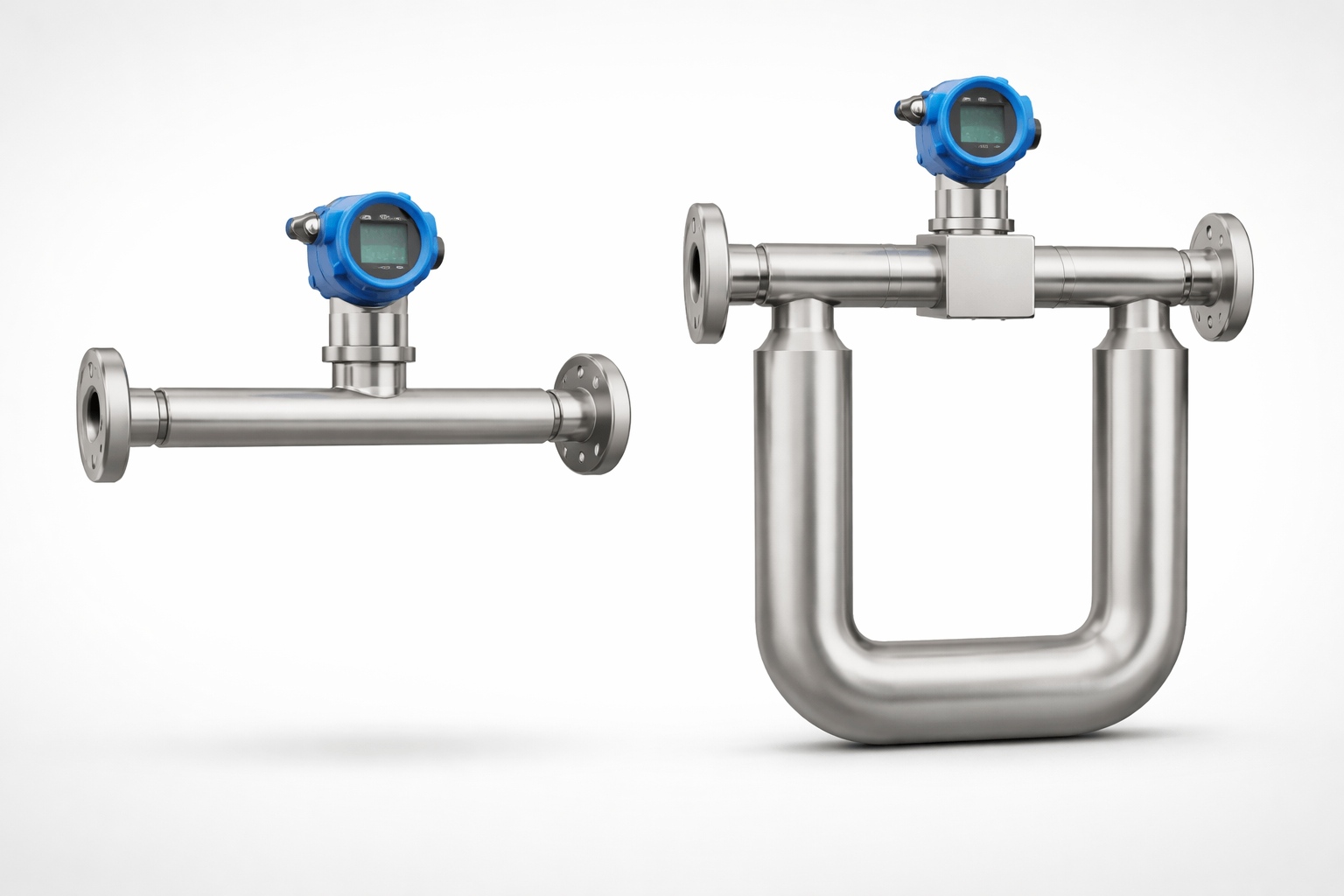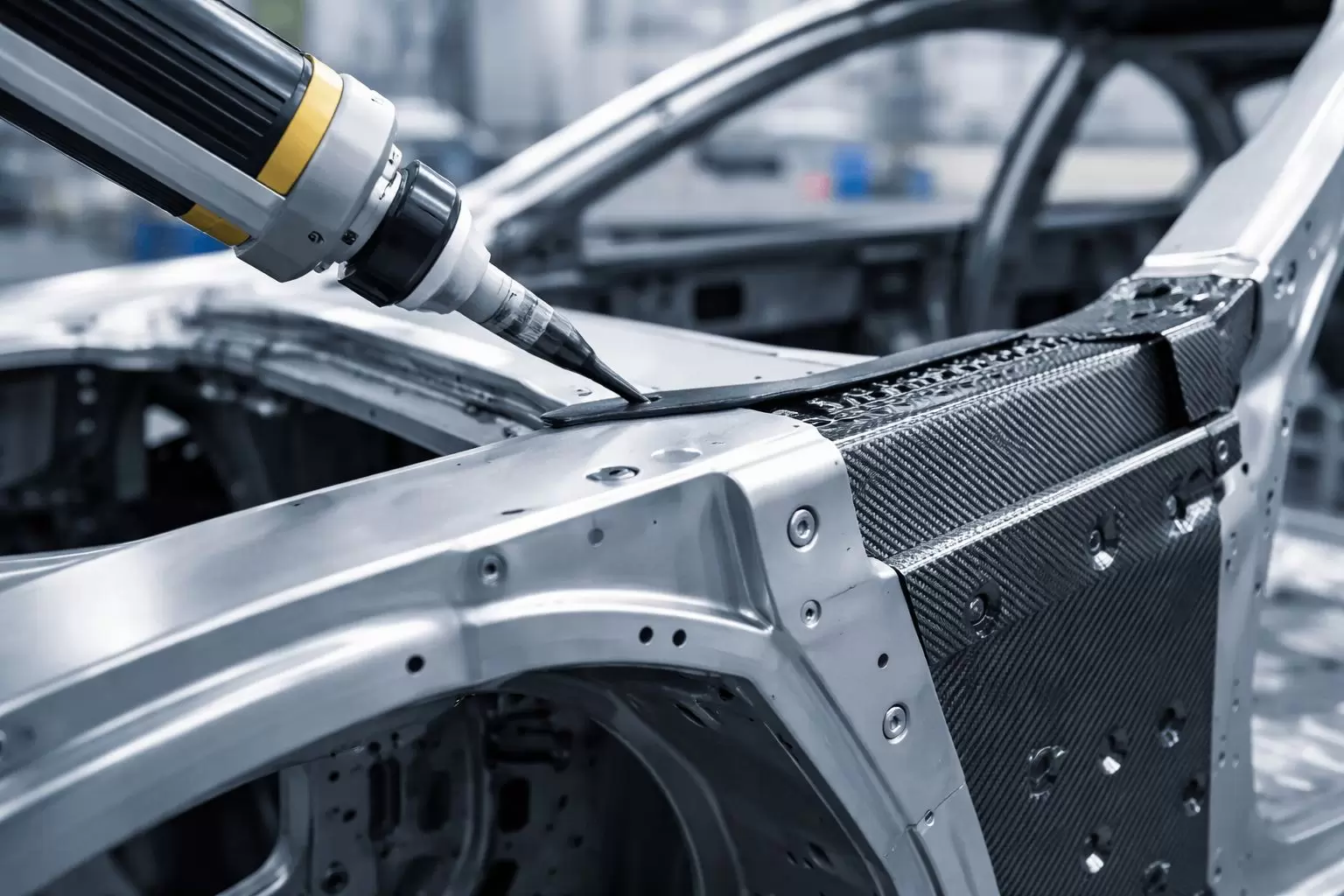In the realm of electrical engineering and electronics, the ability to control the flow of electricity is paramount. At the heart of this control lies a fundamental question: What device opens and closes an electric circuit? This inquiry leads us to explore various components that serve this critical function, each with its unique applications, mechanisms, and implications for circuit design.
The Basics of Electric Circuits
Before delving into the devices that manipulate electric circuits, it is essential to understand the basic structure of an electric circuit. An electric circuit consists of a power source, conductors, and a load. The power source provides the necessary voltage, the conductors allow the flow of current, and the load converts electrical energy into other forms, such as light, heat, or motion. The circuit is considered closed when the current can flow uninterrupted and open when the flow is interrupted.
Key Devices That Open and Close Circuits
- Switches:
The most common device used to open and close electric circuits is the switch. Switches come in various forms, including toggle switches, push-button switches, and rotary switches. Each type operates on the same principle: they create or break the connection in the circuit. For instance, a toggle switch physically moves between two positions, either allowing or interrupting current flow.
- Applications: Switches are ubiquitous in everyday applications, from household lighting to industrial machinery. They are essential for user control over electrical devices.
- Relays:
A relay is an electromechanical switch that uses an electromagnetic coil to open or close a circuit. When an electric current passes through the coil, it generates a magnetic field that moves a lever, either making or breaking a connection in the circuit.
- Applications: Relays are widely used in automation systems, where they allow low-power signals to control high-power circuits. They are also integral to safety systems, such as those found in automotive applications.
- Contactors:
Similar to relays, contactors are designed to switch electrical circuits on and off. However, they are built to handle higher current loads. Contactors typically feature multiple contacts and are used in applications requiring frequent switching.
- Applications: Commonly found in motor control circuits, HVAC systems, and lighting control, contactors are essential for managing large electrical loads safely and efficiently.
- Circuit Breakers:
Unlike traditional switches, circuit breakers are designed to automatically open a circuit in response to an overload or short circuit. They serve as a protective device, preventing damage to electrical systems and reducing the risk of fire.
- Applications: Circuit breakers are standard in residential and commercial electrical panels, providing safety and reliability in electrical distribution systems.
- Fuses:
Fuses are another protective device that opens a circuit when excessive current flows through them. Unlike circuit breakers, fuses must be replaced once they have blown, as they contain a thin wire that melts under high current.
- Applications: Fuses are commonly used in automotive and electronic applications, providing a simple and effective means of circuit protection.
Advanced Circuit Control Devices
As technology advances, so do the devices used to control electric circuits. Here are a few innovative solutions that are gaining traction:
- Solid-State Relays (SSRs):
SSRs use semiconductor devices to switch circuits without moving parts, offering faster response times and greater durability compared to traditional electromechanical relays.
- Applications: SSRs are ideal for applications requiring high-speed switching, such as in automation and control systems.
- Smart Switches:
With the rise of smart home technology, smart switches allow users to control circuits remotely via smartphones or voice commands. These devices often integrate with home automation systems, providing enhanced convenience and energy management.
- Applications: Smart switches are increasingly popular in residential settings, allowing for remote control of lighting and appliances.
Conclusion
Understanding the devices that open and close electric circuits is crucial for anyone involved in electrical engineering, electronics, or even DIY projects. From simple switches to advanced smart devices, each component plays a vital role in managing electrical flow, ensuring safety, and enhancing functionality. As technology continues to evolve, the importance of these devices will only grow, paving the way for more efficient and innovative electrical systems. Whether you are designing a new circuit or troubleshooting an existing one, knowing the right device for the job can make all the difference in achieving optimal performance and safety.





